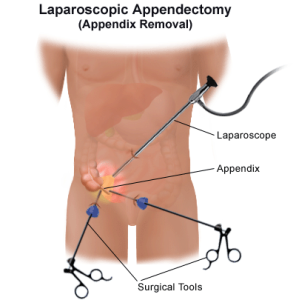When the surgery is over, you’ll be observed for several hours before you’re released from the hospital. Your vital signs, such as your breathing and heart rates, will be monitored closely. Hospital staff will also check for any adverse reactions to the anesthesia or the procedure, as well as monitor for prolonged bleeding.
The timing of your release will vary. It depends on your overall physical condition and your body’s reaction to the surgery. In some cases, you may have to remain in the hospital overnight.
A family member or friend will need to drive you home if you received general anaesthesia. The effects of general anaesthesia usually take several hours to wear off, so it can be unsafe to drive after the procedure.
In the days following a laparoscopy, you may feel moderate pain and throbbing in the areas where incisions were made. Any pain or discomfort should improve within a few days. Your doctor may prescribe medication to relieve the pain.
It’s also common to have shoulder pain after your procedure. The pain is usually a result of the carbon dioxide gas used to inflate your abdomen to create a working space for the surgical instruments. The gas can irritate your diaphragm, which shares nerves with your shoulder. It may also cause some bloating. The discomfort should go away within a couple of days.
You can usually resume all normal activities within a week. You’ll need to attend a follow-up appointment with your doctor about 2 weeks after a laparoscopy.
Here are some things you can do to ensure a smoother recovery:
- Begin light activity as soon as you’re able, in order to reduce your risk of blood clots.
- Get more sleep than you normally do.
- Wear loose-fitting clothes.

